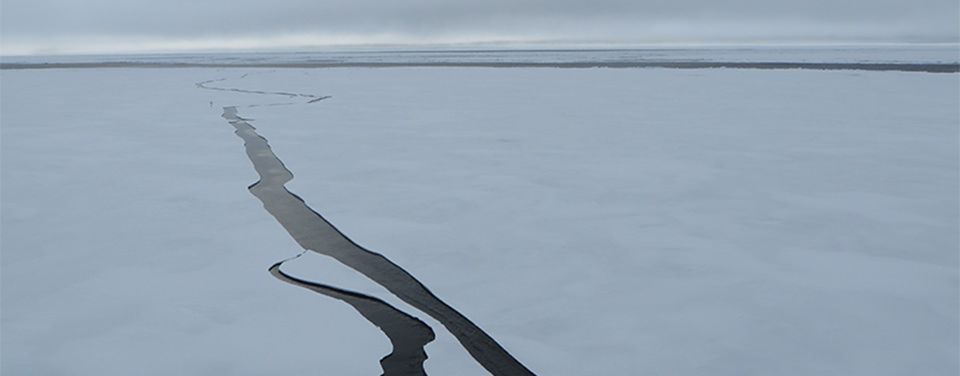IPCC Press Conference -
Special Report on the Ocean and Cryosphere
https://youtu.be/JYFMCU8L0zU
NOAA's National Ocean Service
The National Ocean Service, an office within the U.S. Department of Commerce National Oceanic and Atmospheric Administration, is responsible for preserving and enhancing the nation's coastal resources and ecosystems along 95,000 miles of shoreline bordering 3,500,000 square miles of coastal, Great Lakes, and ocean waters.
en.wikipedia.org
Cryosphere:
The cryosphere is the frozen water part of the Earth system.

Beaufort Sea, north of Alaska. One part of the cryosphere is ice that is found in water. This includes frozen parts of the ocean, such as waters surrounding Antarctica and the Arctic.
There are places on Earth that are so cold that water is frozen solid. These areas of snow or ice, which are subject to temperatures below 32°F for at least part of the year, compose the cryosphere. The term “cryosphere” comes from the Greek word, “krios,” which means cold.
Ice and snow on land are one part of the cryosphere. This includes the largest parts of the cryosphere, the continental ice sheets found in Greenland and Antarctica, as well as ice caps, glaciers, and areas of snow and permafrost. When continental ice flows out from land and to the sea surface, we get shelf ice.
The other part of the cryosphere is ice that is found in water. This includes frozen parts of the ocean, such as waters surrounding Antarctica and the Arctic. It also includes frozen rivers and lakes, which mainly occur in polar areas.
The components of the cryosphere play an important role in the Earth’s climate. Snow and ice reflect heat from the sun, helping to regulate our planet’s temperature. Because polar regions are some of the most sensitive to climate shifts, the cryosphere may be one of the first places where scientists are able to identify global changes in climate.
Search Our Facts
More Information
U.S. National Ice Center
What is an iceberg?
NASA: Cyrospheric Sciences Program
NOAA: Arctic Theme Page
Last updated: 06/25/18
Author: NOAA
How to cite this article
Contact Us
National Ocean Service
https://twitter.com/noaaocean
Link: https://oceanservice.noaa.gov/facts/cryosphere.html
No comments:
Post a Comment